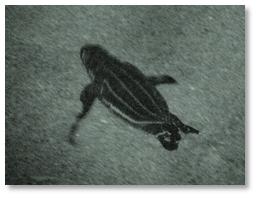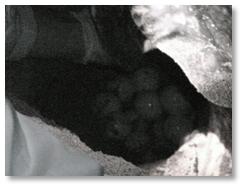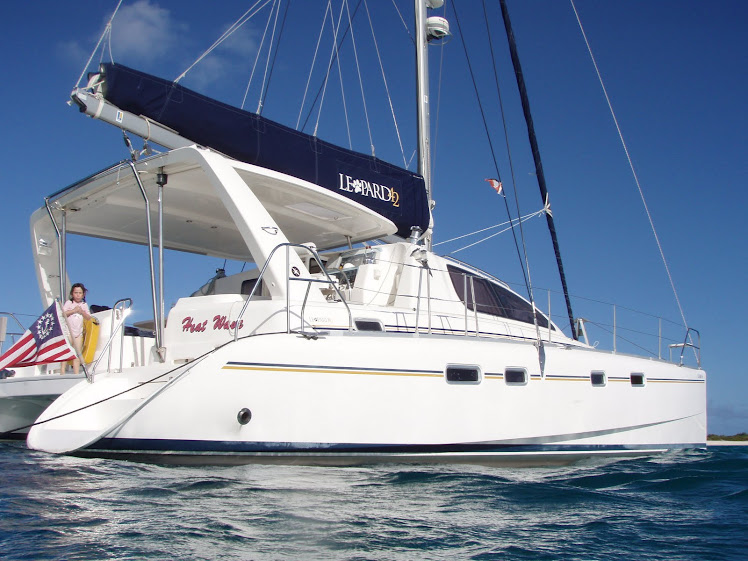Tuesday, June 9, 2009
The Day we had 6 meals and 2 hotel rooms
Alarm went off 5am, breakfast 6am and we arrived at the airport at 7am to be told the flight wasn't leaving til 7.30pm! (thanks for notifying us..) We were given a hotel room and food vouchers (Jimmy enjoyed Charlotte's share!) for breakfast (2nd of the day), lunch and dinner. Plane finally took off at 8.30pm and we were given dinner No.2 on the plane.
Checked in to hotel in Miami about 1.30am (2nd hotel room of the day) and offered dinner (No. 3!!).
The following day more delayes on our flight to Bermuda and we were finally back sunday night about 10.30pm.
Charlotte was tired but made it back school the next day - I then celebrated my first "day off' in 4 months by unpacking....
Jimmy is about to sail the boat to Trinidad from Grenada with my brother-in-law Alan where it will be taken out of the water and left on the hard for hurricane season
Thursday, June 4, 2009
Turtle Trip - Grenada June 3rd 2009
 June is prime time to see turtles laying their eggs on the beach - they return thousands of miles to lay their eggs. At 6pm we drove with a number of other cruisers to the north of the island to see turtles coming ashore to lay their eggs. Our guide gave us a short brief on what to expect and some do’s and don’ts – in particular no white torches (only red) and no camera flashes as these would disturb the turtles.
June is prime time to see turtles laying their eggs on the beach - they return thousands of miles to lay their eggs. At 6pm we drove with a number of other cruisers to the north of the island to see turtles coming ashore to lay their eggs. Our guide gave us a short brief on what to expect and some do’s and don’ts – in particular no white torches (only red) and no camera flashes as these would disturb the turtles.
We arrived at the beach around 8pm and began waiting... We saw no action until 9:30pm when someone spotted some baby turtles hatching and we received word that a turtle had landed at the other end of the beach around 700 meters away.
We first made our way over to where the baby turtles were surfacing. The average nest has around 100 eggs, and the female will lay eggs about 6-10 time a season. Survival rate to maturity is very low. We saw around six to eight early arrivals scrambling around roughly making their way to the sea. A few who had red light torches were able to guide the baby turtles to the sea by shining their light ahead of them as they had an instinct to follow the light.
Next we trudged to the other end of the beach to see the turtle reported to have landed there. Along the way we were nervous of treading on other baby turtles that may be hatching and making their way to the sea. Once there, we found some researchers helping a 1000lb turtle dig her nest. She was having difficulties as her right flipped appeared injured and was not removing sand effectively. The turtle would only begin laying her eggs when she can feel no more sand beneath her. This was not going to happen without help.
 It was exhausting just watching her and eventually a reflex must have triggered and she abandoned this attempt to try elsewhere.
It was exhausting just watching her and eventually a reflex must have triggered and she abandoned this attempt to try elsewhere.
The researchers knew when we were able to come close to watch. During the early digging we were asked to stand well away. As the hole developed we were allowed to come close.
Fortunately, another turtle came ashore as we were heading back to the taxi. This turtle was fit and able to dig her hole without assistance. Soon we were able to come close and watch. Methodically she would excavate each side of the hole with her hind flippers creating quite a deep, squarish hole for her eggs.
came ashore as we were heading back to the taxi. This turtle was fit and able to dig her hole without assistance. Soon we were able to come close and watch. Methodically she would excavate each side of the hole with her hind flippers creating quite a deep, squarish hole for her eggs.
 When her senses told it was time she went into her egg laying trance. In this mode she was practically senseless to what was going on around. We were able to touch her carapace (soft shell) and her fore flippers without disturbing her. She was also unphazed by the researcher holding her rear flippers apart so they could count the eggs and we could see them.
When her senses told it was time she went into her egg laying trance. In this mode she was practically senseless to what was going on around. We were able to touch her carapace (soft shell) and her fore flippers without disturbing her. She was also unphazed by the researcher holding her rear flippers apart so they could count the eggs and we could see them.
Two types of eggs are laid. Normal yolk filled eggs are laid which will produced babies. Around these, smaller yolkless eggs are laid as filler so that the yolked eggs don’t get too much sand between them.
Midnight approached so we had to head back to the taxi careful again to avoid any possible hatchlings. We saw a third turtle ashore to nest and lay her eggs along the way. It was nearly 2pm before we finally returned home.
I thank Steve Southwood, who was on our trip, for allowing me (hopefully!) to plagerise his blog which he so promptly posted (no 6 year old and home schooling there!!) and to use all his photos (he had a special night setting - with no flash, none of my photos came out).

